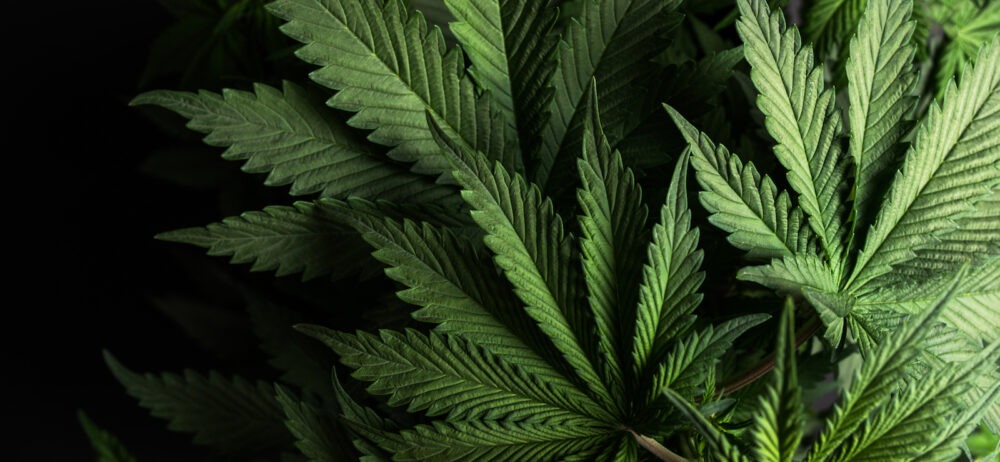Table of Contents
There are countless illicit and dangerous drugs, some with an incredibly high potential for addiction and dependence and possibly deadly physical effects and dangers.
Some depressants can slow the user’s central nervous system to a crawl, slowing or blocking communication between the brain and the body. There are hallucinogens, which can produce intense hallucinations that completely alter the perceived reality of the individual taking them.
Stimulants are one of the most dangerous drugs, taking over the streets and destroying our youth. This class of drugs includes well-known drugs like the infamous party drug cocaine and innocuous but dangerous caffeine. Stimulants increase the speed of the body’s processes and activity in systems like the central nervous system, which can have devastating effects on the well-being of the individual taking them.
Among the most insidious of these stimulants is the drug Tina. Tina is one of the many slang terms for what has become one of the deadliest drugs in the United States – crystal meth.
What is Tina?
Tina, crank, speed, crystal, ice, shards, glass, and many more describe one particular drug responsible for around 15,000 deaths in 2019. Crystal meth is an incredibly cheap and powerful stimulant taking over the US. While most other stimulants only last a few hours, the Tina drug can last 8 to 12 hours or even longer, depending on the user.
Derived from a drug discovered back in 1893 and used for generations as a legitimate medication, Tina was often prescribed by doctors to help mitigate the symptoms brought on by many different conditions, from obesity to chronic fatigue to attention deficit hyperactivity disorder. It was even used during wartime as an alertness aid for soldiers and pilots. However, the form of the drug that was eventually used to create the Tina drug was so incredibly powerful that there are almost no accepted medical uses for it.
The complex chemical compound that makes up the Tina is powerful enough to draw in and grow dependency in users who only use the drug once. This means that most people have already become addicted by the time they notice that there may be a problem. In addition, the longer they use, the more difficult recovery can be.
Side Effects & Risks of Using Tina
The Tina drug is taken in various ways, each with side effects. Users who choose to insufflate or snort their Tina can expect to experience nasal and sinus tissue deterioration. This is also known to cause vascular damage and can contribute to ongoing infections. If left unaddressed or exacerbated, the damage can turn to necrosis, which is the death of the local tissue.
Users who smoke their Tina can experience various skin and oral health problems. The chemical compound that makes up the Tina drug is incredibly toxic when combusted, producing corrosive, acidic smoke. This smoke actively rots the teeth and oral tissues and can cause skin irritation. Long-time smokers will notice they have open sores all over their bodies, often from skin irritation due to the smoke, and compulsions to pick and scratch the wounds, driven by the Tina use.
Users that choose to inject their Tina can expect some of the most intense withdrawal symptoms. In addition, the injection sites can frequently become infected from unsanitary injection conditions, repeated use of the same injection site, and dirty needles or other paraphernalia.
Some side effects of the Tina drug include:
- Dangerously increased heart rate
- Elevated blood pressure
- Vascular constriction
- Severe inability to regulate emotions
- noticeably elevated cholesterol level
These are often side effects seen after only using the Tina drug for a short time. Those who use Tina longer can expect more severe side effects.
Side effects of long-term Tina drug abuse include:
- physical damage to the parts of the brain that contribute to forming and recalling memories
- difficulty with critical thinking skills
- significantly increased difficulty with problem-solving
- kidney damage up to and including renal failure
- dopamine burnout
Dopamine burnout is one of the symptoms and side effects that can persist for years after the Tina user has completed withdrawal and detox. When dopamine burnout happens, the user will find it difficult or even impossible to enjoy activities or hobbies that they used to enjoy. In some cases, this burnout can be recovered, but in some severe cases, a full recovery of dopamine receptors may not be possible.
One of the risks that all Tina users face is the potential for a severe chemical dependency due to the mechanisms by which the Tina drug acts on the brain and central nervous system. The severity of the dependency will often depend on several factors, like age and medical history. The primary factor in the risk of dependency, however, is the addiction profile, including how often the individual used Tina, for how long, and the dosages involved. While all recoveries will be challenging, those with a history of heavier use or a longer duration of addiction will frequently face the most intense battles.
How to Safely Get Help if Addicted to Tina
With the potential to become addicted to Tina drug after only a single use, it may be incredibly likely that someone you know is struggling with getting help with Tina drug addiction. If you or someone you love is addicted to Tina, the first step to a successful recovery is to contact treatment professionals to arrange a safe and medically supervised detox and withdrawal. Once that stage is complete, the individual can work on maintaining their recovery.
If you are struggling with an addiction, you must reach out for help immediately before it’s too late. Contact a premier rehab facility that can walk you through the process of recovery with the support and encouragement you deserve, so you can start living the life you’ve always dreamed about starting today.
Sources:
Infinite Recovery has strict sourcing guidelines and relies on peer-reviewed studies, academic research institutions, and medical associations for our references. We avoid using tertiary references as our sources. You can learn more about how we source our references by reading our editorial guidelines and medical review policy.
- National Institute on Drug Abuse. Methamphetamine-involved overdose deaths nearly tripled between 2015 to 2019, NIH study finds. National Institute on Drug Abuse. Published September 22, 2021. Accessed June 29, 2022. https://nida.nih.gov/news-events/news-releases/2021/09/methamphetamine-involved-overdose-deaths-nearly-tripled-between-2015-to-2019-nih-study-finds
- Brazier Y. Crystal meth: Facts, effects, and addiction. Published July 7, 2017. Accessed June 29, 2022. https://www.medicalnewstoday.com/articles/23207
- Anglin, M. D., Burke, C., Perrochet, B., Stamper, E., & Dawud-Noursi, S. (2000). History of the methamphetamine problem. Journal of psychoactive drugs, 32(2), 137-141.
















